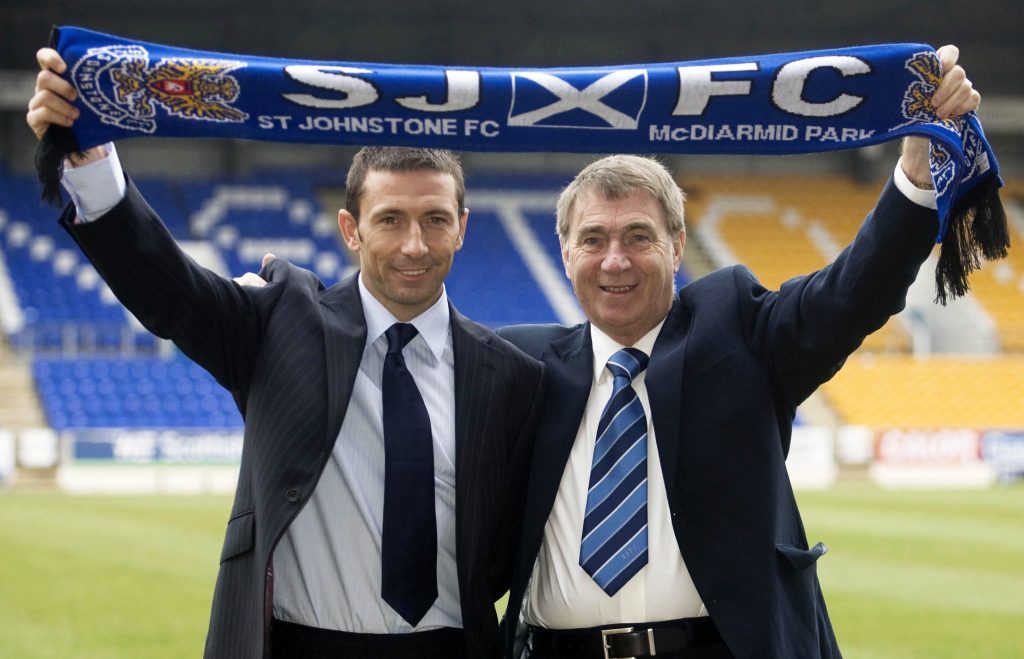The fantasy idea of a director of football role is one which gets a regular airing in Scottish football, but few clubs ever go down the road of appointing one.
The reasons for this are many.
There’s a lack of money for starters: such an appointment would probably mean a club sacrificing a couple of players to pay the salary of a director.
Uncertainty as to how the role fits in with the manager’s position, and what the post is actually supposed to achieve is another issue for concern at clubs.
Also, where there is a strong figure as a chairman or chief executive, the director’s role can sit uneasily with such a powerful personality, and potentially destabilise the club behind the scenes.
The main issue in Scotland though has been the traditional role of the manager, as the man who does everything connected to the playing side, from identifying signings, to deciding how much of his budget he is willing to part with for a particular player, to coaching the team.
Most managers want sole control over the players they sign and the final say on what particular skill sets they are looking for. It sits uneasily with many Scottish managers to have a figure foisted upon them who will make those decisions for them, leaving them with responsibility only for coaching and picking the team.
There’s a school of thought that since the role is utilised widely on the continent, we should import it here. Culturally that would require a big shift in our mentality. Also, if simply identifying the right manager is a big gamble for clubs, so too is hiring the right director of football. Get both wrong and a club doubles its troubles.
Unless there’s a clearly defined role which clearly delineates the powers and responsibilities of manager and director of football, then the role could be a recipe for disaster.
The truth is that most Scottish clubs are simply too small to require someone in the role. It’s a case of pointless desire outstripping need.
In my book instead of a small number of fans fantasising about their clubs appointing someone to a wholly unnecessary post, clubs should be concentrating on promoting youth schemes throughout their localities, taking coaching classes to the housing schemes and identifying the diamonds in the rough that might make great players with the right encouragement and assistance.
I’m all for progress, but not when it’s simply jobs for the boys dressed up as progress.
Getting the right manager with a good contacts book and a good eye for a player, with a strong chairman who knows the game, and is shrewd in his dealings with agents and other clubs is the key ingredient for success.
Look no further than St Johnstone and to the wily ways of Geoff Brown, their former Chairman, for a role model. He proved with a string of solid appointments, such as Derek McInnes, Owen Coyle and Paul Sturrock, that if you get the right manager, a director of football is a fad and a luxury that most Scottish clubs can do without.


